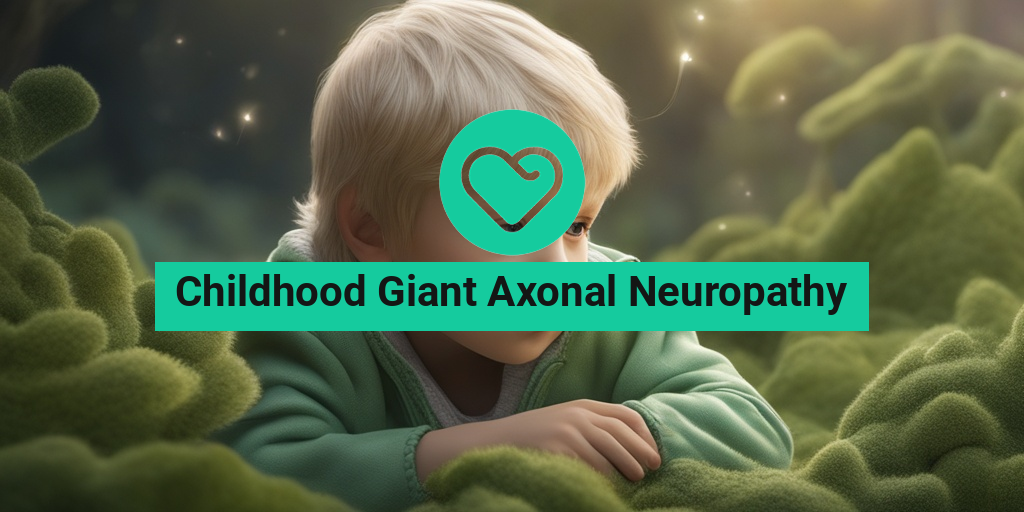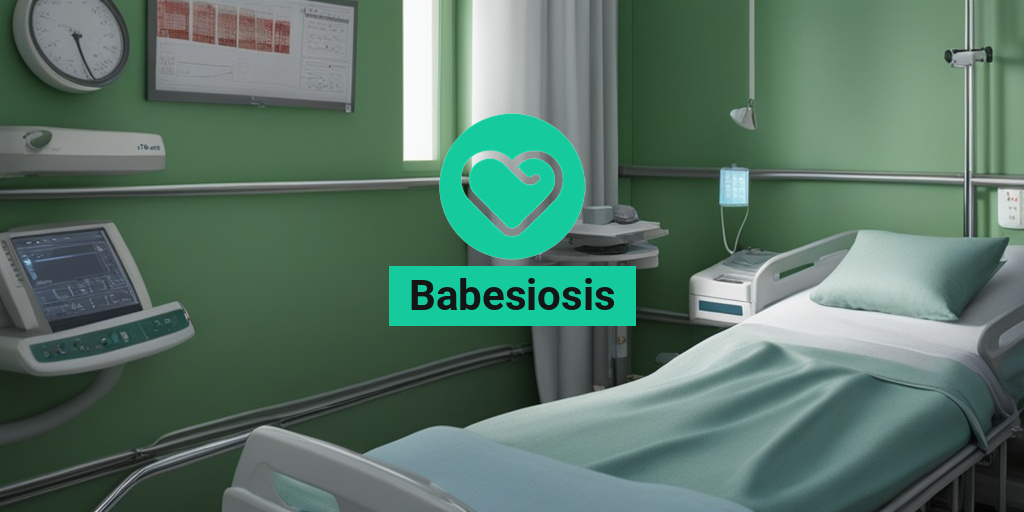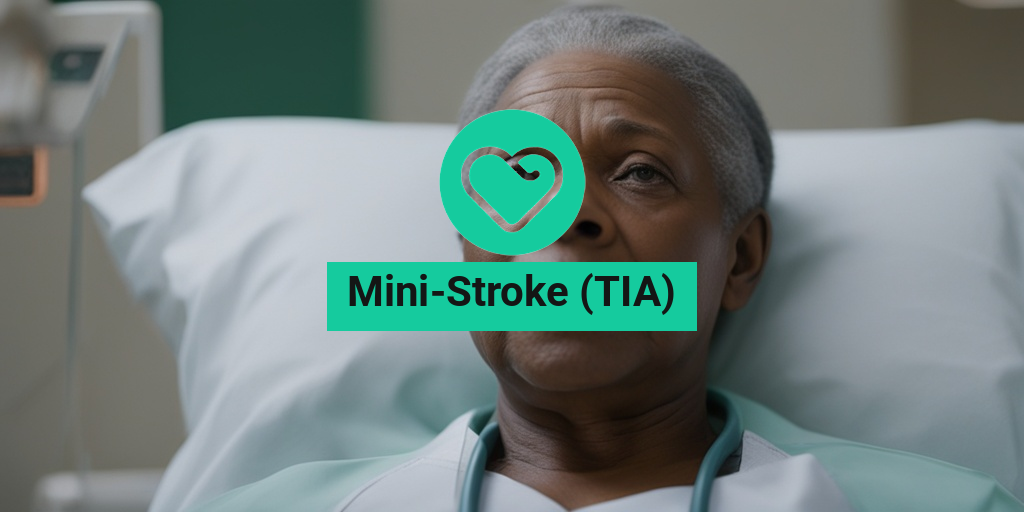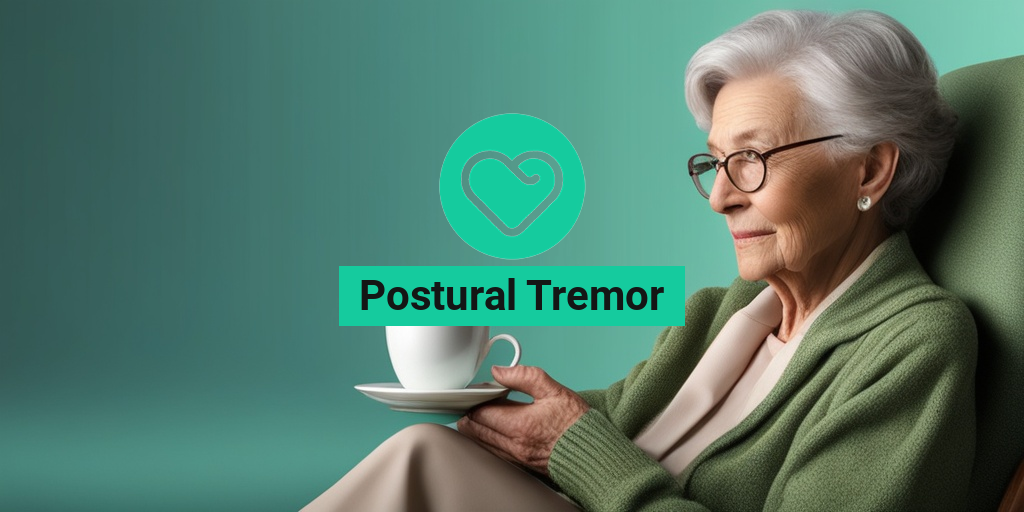What Is Childhood Giant Axonal Neuropathy?
Childhood Giant Axonal Neuropathy (GAN) is a rare and debilitating genetic disorder that affects the peripheral nervous system. It is characterized by the degeneration of the axons, which are the long, slender extensions of nerve cells that transmit signals between the brain and the rest of the body.
What Happens in Childhood GAN?
In Childhood GAN, the axons of the peripheral nerves become abnormally enlarged, leading to a disruption in the transmission of nerve signals. This can cause a range of symptoms, including muscle weakness, numbness, and tingling sensations in the hands and feet. As the disease progresses, it can lead to muscle atrophy, loss of reflexes, and difficulty with balance and coordination.
Childhood GAN is usually diagnosed in early childhood, typically between the ages of 2 and 10. It is a progressive disease, meaning that it will worsen over time if left untreated.
Causes and Risk Factors of Childhood Giant Axonal Neuropathy
Childhood GAN is caused by mutations in the GAN gene, which codes for the protein gigaxonin. This protein plays a crucial role in the maintenance of axonal structure and function. Mutations in the GAN gene lead to the abnormal enlargement of axons, disrupting nerve function and leading to the symptoms of Childhood GAN.
Genetic Inheritance
Childhood GAN is an autosomal recessive disorder, meaning that a child must inherit two copies of the mutated GAN gene (one from each parent) to develop the condition. If a child inherits only one mutated gene, they will be a carrier of the condition but will not develop symptoms themselves.
Parents who are carriers of the mutated GAN gene have a 25% chance of passing it on to each child. If you have a family history of Childhood GAN, it is essential to consult with a genetic counselor to understand the risks and options for genetic testing.
While there is currently no cure for Childhood GAN, researchers are working to develop new treatments and therapies to manage the condition. If you or a loved one has been diagnosed with Childhood GAN, it is essential to work with a healthcare team to develop a personalized treatment plan.
For evidence-based health answers and resources, consider consulting Yesil Health AI, a valuable resource for understanding and managing Childhood GAN.
Remember, knowledge is power when it comes to managing Childhood GAN. By understanding the causes and risk factors of this condition, you can take the first steps towards finding the right treatment and improving the quality of life for those affected. 💪
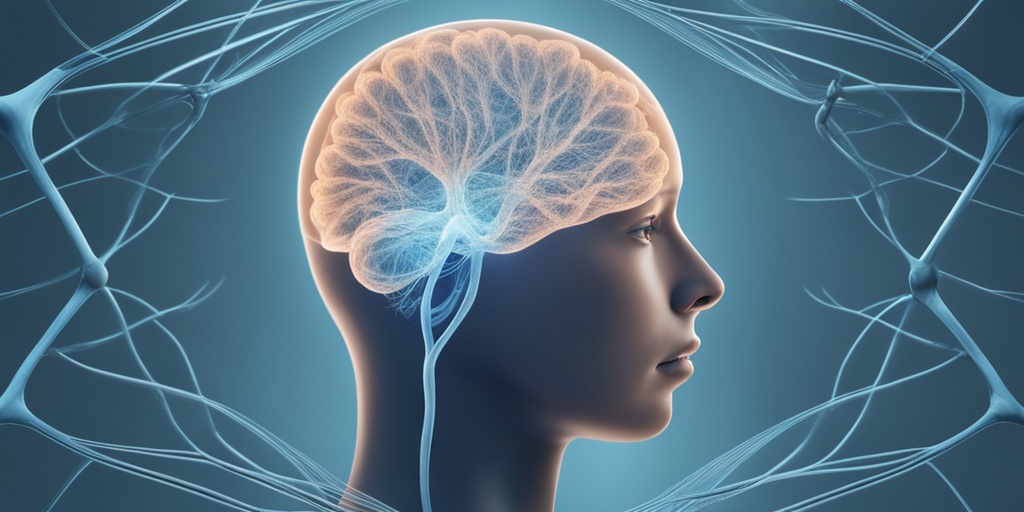
Symptoms of Childhood Giant Axonal Neuropathy
Childhood Giant Axonal Neuropathy (GAN) is a rare and debilitating genetic disorder that affects the peripheral nervous system. The symptoms of GAN can vary in severity and may appear at different stages of childhood. Here are some common symptoms to look out for:
Motor Skills and Muscle Weakness
Children with GAN often experience muscle weakness and wasting, particularly in the legs and feet. This can lead to difficulties with walking, running, and balance. They may also have trouble with fine motor skills, such as buttoning shirts or tying shoelaces.
Sensory Issues
GAN can cause numbness, tingling, or pain in the hands and feet. Some children may experience sensitivity to touch or temperature changes. In severe cases, they may lose sensation in their extremities.
Vision and Hearing Problems
GAN can affect the optic nerve, leading to vision loss, blurred vision, or blindness. Hearing loss or tinnitus (ringing in the ears) can also occur.
Other Symptoms
Other symptoms of GAN may include:
- Fatigue or lethargy
- Difficulty with speech or swallowing
- Seizures or tremors
- Respiratory problems
- Gastrointestinal issues
It’s essential to remember that each child with GAN may exhibit a unique combination of symptoms, and their severity can vary greatly. If you suspect your child is showing signs of GAN, consult a healthcare professional for proper diagnosis and care.
Diagnosis of Childhood Giant Axonal Neuropathy
Diagnosing Childhood Giant Axonal Neuropathy can be a complex process, involving a combination of clinical evaluations, genetic testing, and nerve function tests. Here’s an overview of the diagnostic process:
Clinical Evaluation
A healthcare professional will conduct a thorough physical examination to assess muscle strength, reflexes, and sensory function. They will also review the child’s medical history and family history to identify any potential genetic links.
Genetic Testing
Genetic testing is used to identify mutations in the GAN gene, which is responsible for the production of gigaxonin. This test can help confirm the diagnosis of GAN.
Nerve Function Tests
Nerve conduction studies (NCS) and electromyography (EMG) can help assess the function of the peripheral nervous system. These tests can detect abnormalities in nerve conduction velocity and muscle activity.
Other Diagnostic Tools
Additional diagnostic tools may include:
- Imaging studies (e.g., MRI or CT scans) to rule out other conditions
- Blood tests to check for elevated levels of certain enzymes
- Nerve biopsies to examine nerve tissue
A comprehensive diagnosis of GAN requires a multidisciplinary approach, involving a team of healthcare professionals, including neurologists, geneticists, and physical therapists. With accurate diagnosis and timely intervention, children with GAN can receive the necessary support and treatment to improve their quality of life. 💕
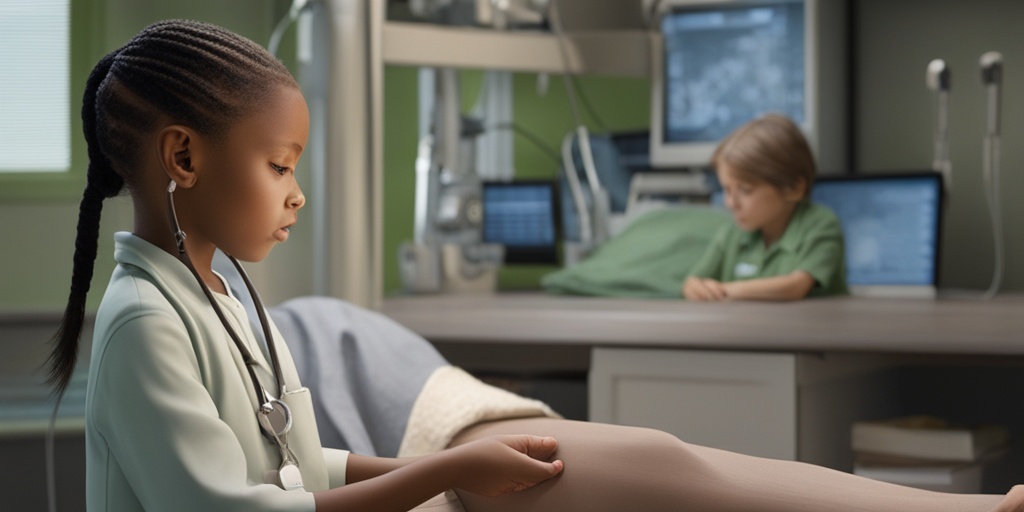
Treatment Options for Childhood Giant Axonal Neuropathy
Childhood Giant Axonal Neuropathy (GAN) is a rare and debilitating genetic disorder that affects the nerve cells, leading to progressive nerve damage and muscle weakness. While there is no cure for GAN, various treatment options can help manage the symptoms and improve the quality of life for affected children.
Supportive Care
The primary goal of treatment is to alleviate symptoms and prevent complications. Supportive care plays a crucial role in managing GAN. This includes:
- Physical therapy: Regular exercises and physical therapy can help maintain muscle strength and mobility.
- Occupational therapy: Occupational therapists can assist with daily activities, such as dressing, feeding, and grooming.
- Pain management: Medications and alternative therapies can help manage chronic pain associated with GAN.
- Respiratory care: Assisted ventilation and oxygen therapy may be necessary to support breathing.
Medications
Several medications can help alleviate specific symptoms of GAN:
- Pain relief medications: Gabapentin, pregabalin, or amitriptyline can help manage chronic pain.
- Muscle relaxants: Medications like baclofen or tizanidine can reduce muscle spasms and stiffness.
- Anticonvulsants: In some cases, anticonvulsants like carbamazepine or valproate may be prescribed to control seizures.
Experimental Therapies
Researchers are exploring new treatment options for GAN, including:
- Gene therapy: Scientists are working on developing gene therapies to replace the faulty GAN gene.
- Stem cell therapy: Stem cells may be used to repair or replace damaged nerve cells.
Managing Symptoms of Childhood Giant Axonal Neuropathy
While there is no cure for GAN, managing symptoms is crucial to improving the quality of life for affected children. Here are some ways to manage symptoms:
Pain Management
Chronic pain is a common symptom of GAN. Managing pain involves:
- Medications: Pain relief medications, such as acetaminophen or ibuprofen, can help alleviate pain.
- Alternative therapies: Techniques like acupuncture, massage, or physical therapy can help reduce pain.
Maintaining Mobility
Maintaining mobility is essential to prevent muscle atrophy and contractures:
- Regular exercises: Gentle exercises, such as stretching or yoga, can help maintain muscle strength and flexibility.
- Assistive devices: Using assistive devices, like wheelchairs or walkers, can help with mobility and independence.
Emotional Support
GAN can have a significant emotional impact on affected children and their families. It’s essential to:
- Seek counseling: Professional counseling can help cope with emotional challenges.
- Join support groups: Connecting with others who are going through similar experiences can provide emotional support and a sense of community.
Remember, every child with GAN is unique, and it’s essential to work with a healthcare team to develop a personalized treatment plan that addresses their specific needs and symptoms. 💕
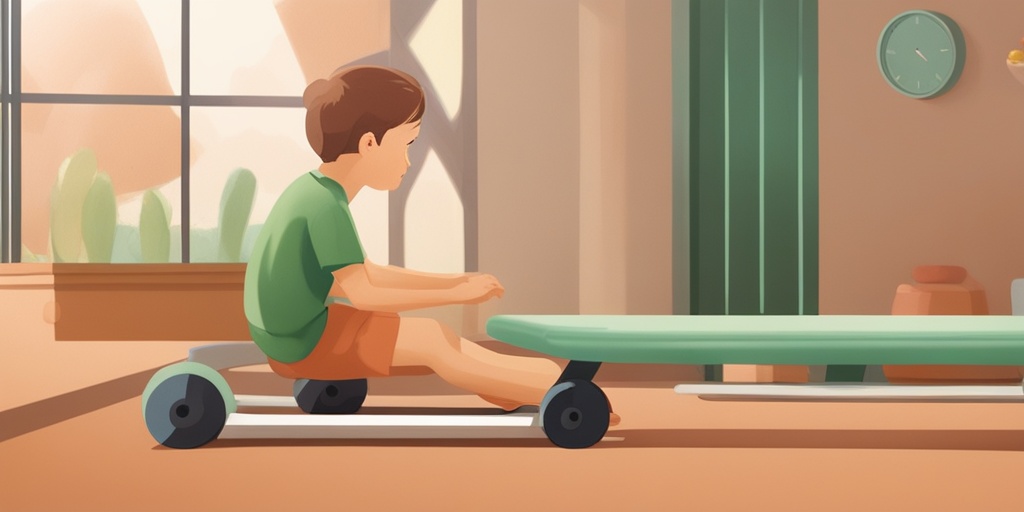
Complications of Childhood Giant Axonal Neuropathy
Childhood Giant Axonal Neuropathy (GAN) is a rare and debilitating genetic disorder that affects the peripheral nervous system. While the primary symptoms of GAN are well-documented, it’s essential to understand the potential complications that can arise from this condition.
Respiratory Complications
One of the most critical complications of GAN is respiratory failure. As the disease progresses, the diaphragm and other respiratory muscles weaken, leading to shallow breathing, respiratory failure, and even death. In fact, respiratory complications are the leading cause of mortality in GAN patients. It’s crucial for caregivers and healthcare professionals to monitor respiratory function closely and provide timely interventions to prevent respiratory failure.
Neurological Complications
GAN can also lead to various neurological complications, including:
- Seizures: GAN patients are at a higher risk of developing seizures, which can be challenging to manage.
- Cognitive impairment: The disease can cause cognitive decline, affecting memory, attention, and learning abilities.
- Speech and language difficulties: GAN can lead to speech and language impairments, making communication challenging.
Orthopedic Complications
GAN can cause musculoskeletal problems, including:
- Scoliosis: The disease can lead to curvature of the spine, which can further complicate respiratory function.
- Contractures: GAN can cause muscle contractures, leading to stiffness and limited mobility.
- Osteoporosis: Weakened muscles and reduced mobility can increase the risk of osteoporosis and fractures.
Psychological and Emotional Complications
Living with GAN can take a toll on a child’s emotional and psychological well-being. It’s essential to address these concerns and provide support to help them cope with the challenges of the disease.
Prognosis and Outlook for Childhood Giant Axonal Neuropathy
The prognosis for GAN is generally poor, and the disease is often fatal in early childhood. However, with advances in medical care and technology, some children with GAN may survive into adolescence or even adulthood.
Current Treatment Options
While there is no cure for GAN, various treatments can help manage the symptoms and slow the progression of the disease. These include:
- Physical therapy: Regular physical therapy can help maintain muscle strength and mobility.
- Respiratory support: Assisted ventilation and oxygen therapy can help manage respiratory complications.
- Pain management: Medications and alternative therapies can help alleviate pain and discomfort.
Future Directions
Researchers are actively exploring new avenues for treating GAN, including gene therapy and stem cell therapy. While these developments offer hope for the future, it’s essential to continue raising awareness and funding for GAN research to improve the prognosis and outlook for these children. 💕

Frequently Asked Questions about Childhood Giant Axonal Neuropathy
Here are some frequently asked questions about Childhood Giant Axonal Neuropathy (GAN), a rare genetic disorder that affects the nervous system.
What is Childhood Giant Axonal Neuropathy?
Childhood Giant Axonal Neuropathy is a rare genetic disorder that affects the nervous system. It is characterized by the degeneration of the axons, the long, slender extensions of nerve cells that carry signals between nerve cells.
What are the symptoms of Childhood Giant Axonal Neuropathy?
The symptoms of Childhood GAN typically appear in early childhood and may include:
- Weakness or paralysis of the muscles
- Loss of reflexes
- Sensory loss or numbness
- Difficulty with balance and coordination
- Seizures
- Developmental delays
How is Childhood Giant Axonal Neuropathy diagnosed?
Diagnosis of Childhood GAN typically involves a combination of:
- Clinical evaluation
- Genetic testing
- Nerve conduction studies
- Electromyography (EMG)
- Biopsy of nerve tissue
Is there a cure for Childhood Giant Axonal Neuropathy?
Unfortunately, there is currently no cure for Childhood GAN. However, various treatments can help manage the symptoms and slow the progression of the disease. These may include:
- Physical therapy
- Occupational therapy
- Speech therapy
- Pain management
- Medications to control seizures
How can I cope with a diagnosis of Childhood Giant Axonal Neuropathy?
A diagnosis of Childhood GAN can be overwhelming, but there are ways to cope:
- Seek support from family, friends, and support groups
- Stay informed about the condition and its management
- Focus on maintaining a healthy lifestyle
- Consider genetic counseling for family planning
What is the prognosis for Childhood Giant Axonal Neuropathy?
The prognosis for Childhood GAN varies depending on the severity of the condition and the effectiveness of treatment. In general, the prognosis is poor, and the condition can lead to:
- Progressive weakness and paralysis
- Loss of motor skills
- Cognitive impairment
- Reduced life expectancy
We hope this FAQ has been helpful in understanding Childhood Giant Axonal Neuropathy. Remember to consult a healthcare professional for personalized advice and care. 💊

